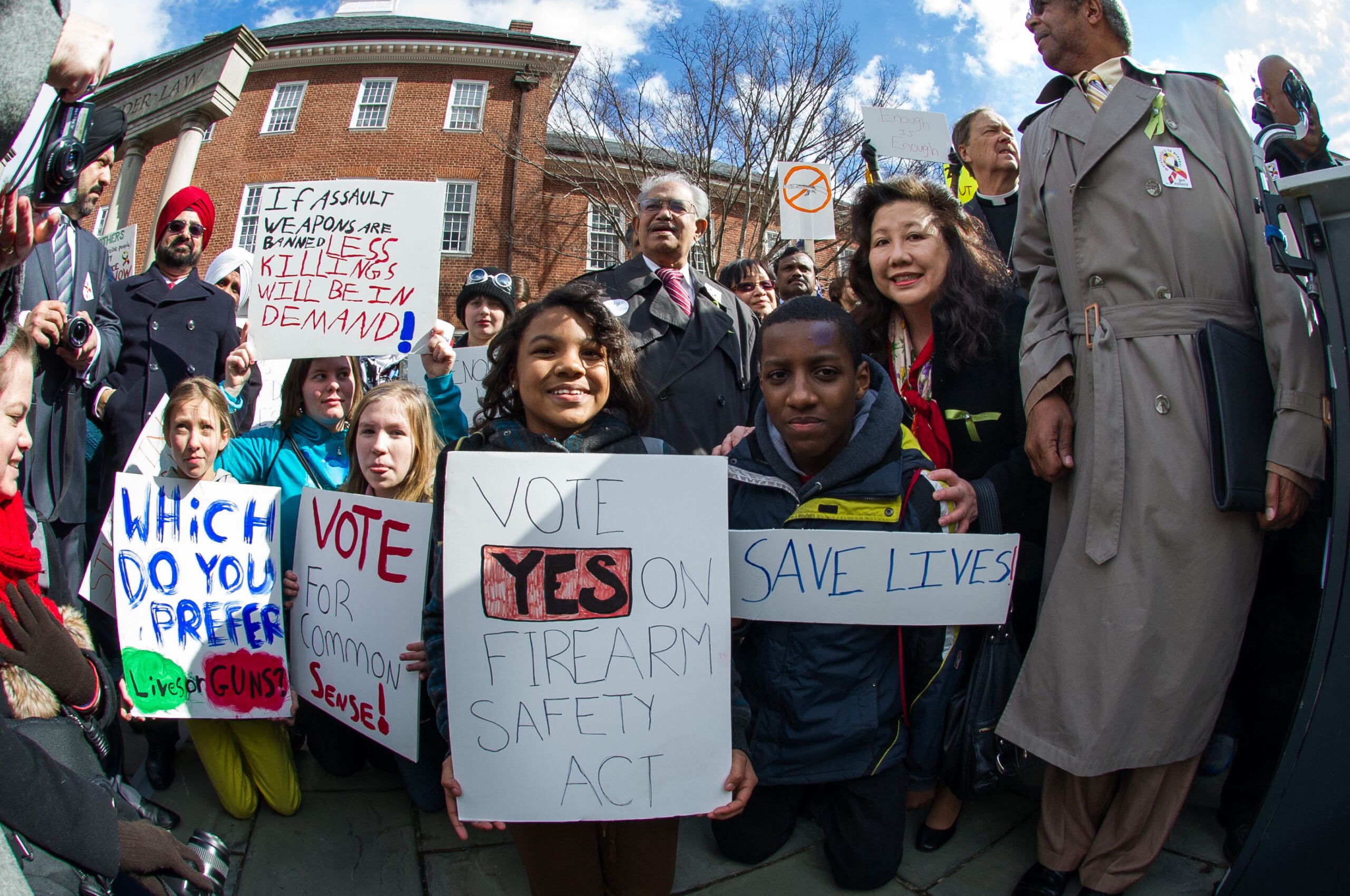The Trump administration is back at it again, serving up controversy like it’s a signature dish. In just a matter of days, three major stories have dominated headlines: a spectacularly embarrassing security breach, the gutting of the Department of Education, and a sweeping executive order that could make voter registration a bureaucratic nightmare. Here’s what’s happening and why it matters.
Signal leak: A masterclass in national security blunders
Ever wondered what would happen if a top security official accidentally added a journalist to a secret government group chat? Well, thanks to the Trump administration, we don’t have to imagine. National Security Adviser Mike Waltz reportedly included Jeffrey Goldberg, editor-in-chief of The Atlantic, in a Signal group where senior officials were casually discussing plans to bomb Yemen. Yes, you read that correctly.
The chat reportedly contained classified information, including military strategies and even the name of an active CIA agent. Waltz blamed the incident on a “glitch,” while Trump, in his usual fashion, brushed it off as “the only glitch in two months” and insisted, “Michael Waltz has learned a lesson.” Democrats, however, are less convinced. “This is appalling and astonishing,” said Senator Richard Blumenthal, demanding accountability.
Security experts say this blunder exposes the real weak link in national security: human error. “It’s the equivalent of walking into a classified meeting room because someone forgot to close the door,” noted social media expert Matt Navarra.
The Signal messaging app, known for its encryption and privacy features, is widely used by government officials. However, as this incident proves, even the most secure technology can’t protect against user mistakes. The leak has raised concerns over whether Trump’s national security team is competent enough to handle sensitive information. While Trump’s team tries to downplay the fiasco, the Senate Armed Services Committee has held a hearing with an audit of the exchange planned. But given the administration’s track record with handling classified information, including past incidents involving unsecured communications, this is unlikely to be the last slip-up.
Education Department dismantling: Campaign promise or chaos?
Trump has long threatened to dismantle the US Department of Education, and now he’s making his move. Last Thursday, he signed an executive order directing Education Secretary Linda McMahon to “take all necessary steps” to shut down the department. The order cites poor student performance as justification, claiming, “The Federal education bureaucracy is not working.”
The Department of Education, established in 1979, oversees federal education policy, provides student loans and grants, and enforces civil rights protections in schools. It plays a crucial role in funding programmes that support low-income students, special education, and higher education institutions.
Despite Trump’s claims, education experts argue that dismantling the department could have disastrous consequences. The department manages $1.6 trillion in student loans for over 44 million borrowers. If it ceases to exist, the administration has suggested that other agencies will take over these responsibilities, but critics worry about disruptions in loan distribution and oversight.
Lawsuits have already been filed, with teachers’ unions and civil rights groups calling the move “a brazen violation of the law that will upend the lives of countless students and families.” The National Education Association and the NAACP are among those challenging the order, arguing that it unlawfully bypasses Congress.
“The administration and Congress should focus on improving on the important work that the department performs that benefits ordinary Americans, not unilateral and thoughtless cuts to the department’s workforce and ability to serve Americans,” said Ted Mitchell, president of the American Council on Education.
But there’s a catch: 60 members of the 100-seat Senate will need to vote to shut down the department. Congress needs to approve the shutdown, and with only 53 Republican senators, Trump may not have the numbers.
In 2023, a similar effort in the House of Representatives was rejected even by 60 Republicans. Additionally, public opinion is not on Trump’s side. An All4Ed poll found that 58% of Americans oppose eliminating the Department of Education. For now, the future of federal education policy hangs in the balance, with legal battles and political wrangling sure to continue.
Executive order on voter registration: The great suppression?
If making education harder to access wasn’t enough, Trump has also taken aim at voter registration. In his latest executive order, he’s demanding proof of citizenship (like passports) for voter registration, despite the US constitution giving states and Congress the authority to rule for such election measures, not the president.
Voting rights advocates argue that the order will disproportionately impact marginalised communities, including low-income, elderly, and rural voters, many of whom lack passports or birth certificates. According to the Center for American Progress, nearly 69 million women who changed their names could struggle to provide matching documents. Meanwhile, in 2024, the Center for Democracy and Civic Engagement found that 15% of voting-age Americans do not have a driver’s license or valid government-issued state ID or have one that may cause difficulties voting if stricter laws are put in place. This accounts for 34.5 million people.
Trump’s justification for the order is rooted in his long-standing, baseless claims of widespread voter fraud. “We’ve got to straighten out our election,” he insisted, despite no evidence of mass irregularities. Federal law already prohibits non-citizens from voting, and multiple investigations, including those led by Trump’s own administration, have found no significant cases of voter fraud in recent elections.
Legal challenges are already in motion, with opponents calling it a thinly veiled attempt at voter suppression. “This is a blatant attack on democracy,” and “an authoritarian power grab,” said Lisa Gilbert, co-president of Public Citizen. Additionally, courts have previously struck down similar attempts, doubling down on the rules set out in the Constitution.
This order follows a broader trend of Trump’s attempts to tighten voting laws, particularly targeting mail-in ballots and voter accessibility. Critics fear that these restrictions could disenfranchise millions of eligible voters ahead of the next election. With lawsuits flying and civil rights groups mobilising, the fate of this executive order will likely be decided in the courts.
What’s next?
With lawsuits flying, investigations underway, and Trump’s signature chaos in full force, these latest moves are unlikely to fade quietly. Whether Congress will approve the Education Department’s closure or courts will block the voter registration order remains to be seen.
As for the Signal leak, investigations could take months, but the political fallout is immediate. The breach has already fueled Democratic calls for accountability and raised questions about Trump’s handling of national security.
With Trump’s unpredictable governance style, more executive orders, controversies, and lawsuits are almost certainly on the horizon. Buckle up and try to keep up.
Emma is a freshly graduated Journalist from Stellenbosch University, who also holds an Honours in history. She joined the explain team, eager to provide thorough and truthful information and connect with her generation.
- Emma Solomon
- Emma Solomon




